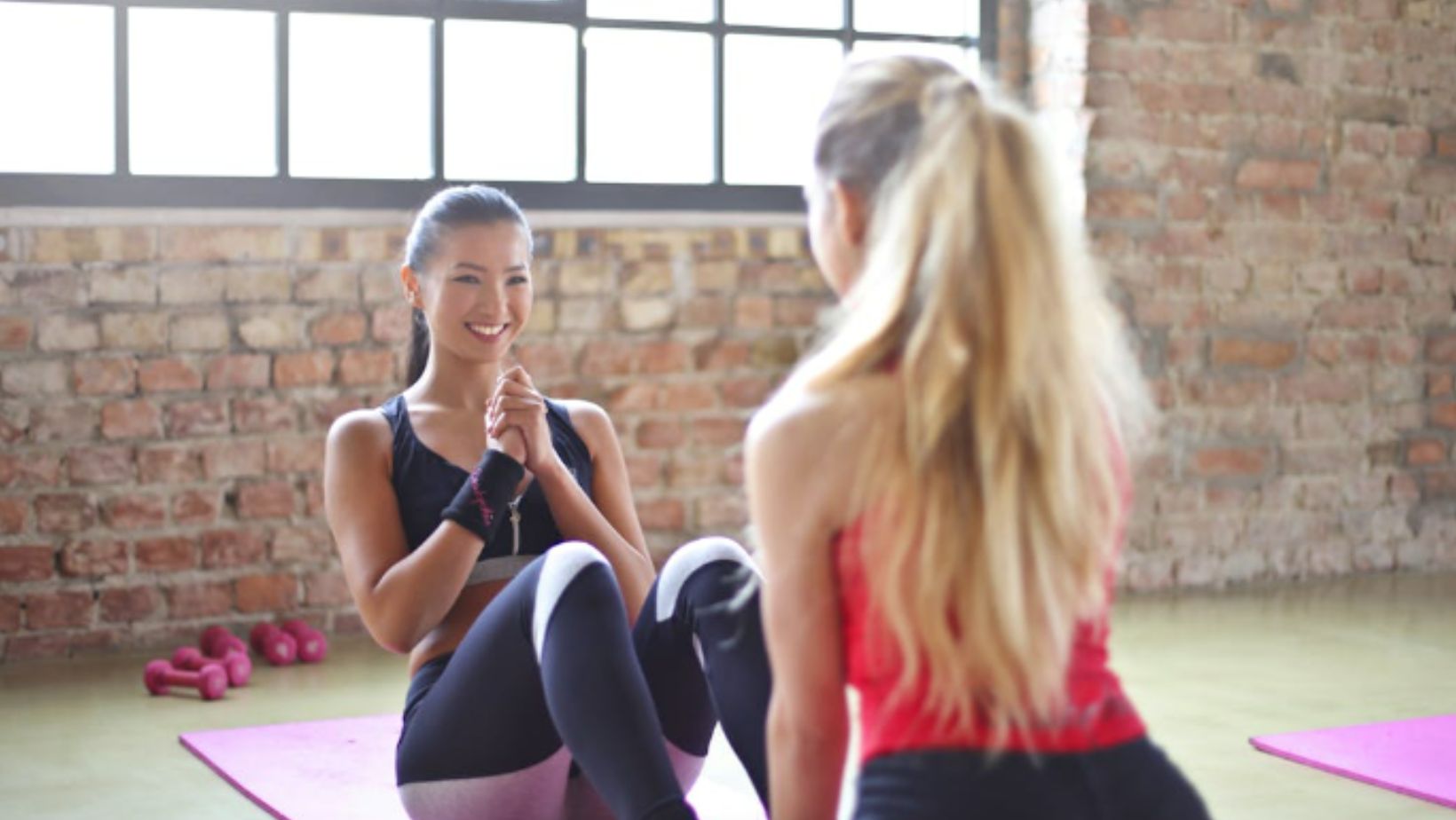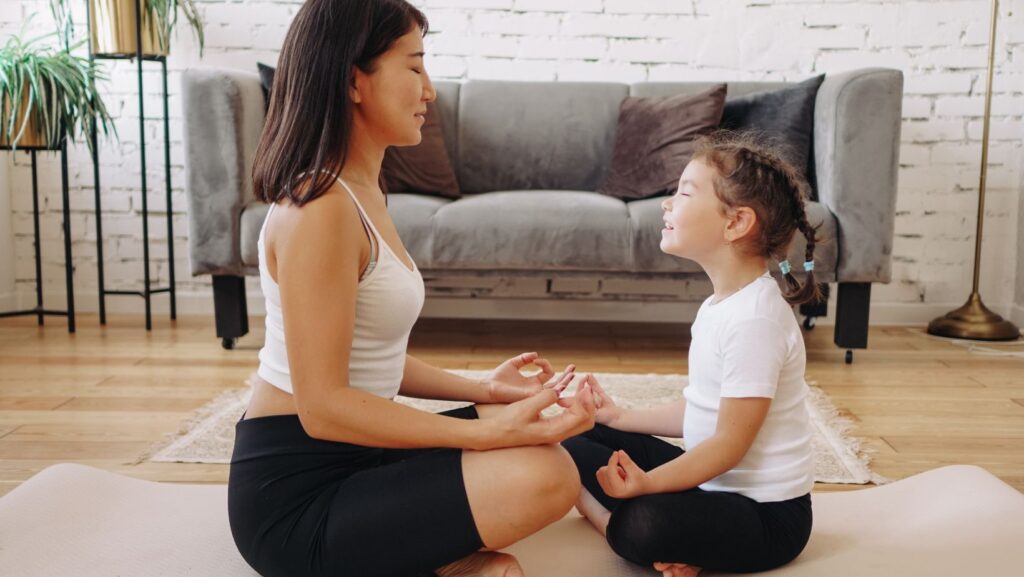
Pilates is a popular form of low-impact exercise that is designed to strengthen muscles while improving postural alignment and flexibility. Developed in the early 20th century, this exercise system focuses on core strength and controlled, flowing movements. Whether you’re looking to enhance your athletic performance, rehabilitate an injury, or simply maintain overall health and wellness, Pilates offers a versatile and effective workout option. This guide will provide you with essential tips and techniques to help you begin your Pilates journey confidently and successfully.
Understanding the Basics of Pilates
Pilates is all about developing a strong core, also known as the “powerhouse” of the body. This includes the muscles of your abdomen, lower back, hips, and buttocks. By focusing on this central area, Pilates helps to promote stability and control in your movements.
Breathing is another fundamental component of Pilates. Proper breathing techniques help ensure that your movements are fluid and supported. In Pilates, you breathe in through your nose and out through your mouth, coordinating the breath with each movement to enhance concentration and precision. Pilates not only improves flexibility and strength but also teaches you to move with grace and ease. It’s a mind-body exercise that encourages you to be present and mindful during your workout.
Choosing the Right Equipment
When starting Pilates, you may begin with just a mat. A Pilates mat is usually thicker than a yoga mat, providing more support for your spine and joints. Once you’re comfortable, you might explore other equipment like resistance bands or a Pilates ring to add variety to your workouts.

Reformer Pilates presents another level of challenge, involving a specific type of apparatus that uses springs and a sliding platform for resistance. While this equipment can offer enhanced workouts, it may require instruction from a certified Pilates instructor to ensure proper technique and safety.
Setting Realistic Goals
It’s essential to set achievable goals when starting Pilates to stay motivated and track your progress. Whether it is attending classes a certain number of times per week or mastering a particular pose, having a clear purpose will guide your journey.
Progress may be gradual, and that’s perfectly normal. Celebrate small victories, such as improved posture or increased flexibility, to keep yourself inspired and committed to your practice.
Finding the Right Class
Pilates classes range from beginner to advanced, and choosing the appropriate level will optimize your learning experience. Beginners should seek out classes that focus on foundational exercises and proper form to build a solid base of skills.
Consider whether you prefer group classes or one-on-one sessions with an instructor. Group classes can offer a sense of community and motivation, while private sessions provide tailored instruction to address individual needs or limitations.
Avoiding Common Mistakes
One common mistake in Pilates is trying to rush through exercises. It’s vital to maintain controlled movements, as speed can compromise form and negate the core-strengthening benefits of the practice.
Listening to your body is key. Pilates should never cause pain; if something feels off, stop and consult your instructor. They can provide modifications or different exercises that accommodate any physical restrictions.
Incorporating Pilates into Your Routine
Consider how Pilates fits into your overall fitness routine. Balance your Pilates sessions with cardiovascular exercises such as walking or cycling to ensure a holistic approach to health and wellness. Consistency is crucial to seeing results. Aim to practice Pilates at least two to three times a week, which allows you to improve gradually and fully enjoy the benefits this exercise regimen offers.

Pilates is not just a physical exercise; it also promotes mental well-being. The focus and concentration required during a Pilates session can help alleviate stress and improve overall mood. Additionally, the mindful breathing techniques incorporated in Pilates can reduce anxiety and promote relaxation.
Exploring Different Styles of Pilates
Pilates has evolved over the years to include various styles that cater to different preferences and fitness goals. One popular style is Classical Pilates, which remains true to the original teachings and exercises designed by Joseph Pilates. This method focuses on a specific sequence of movements that emphasize core strength and spinal alignment. Practicing Classical Pilates can be deeply rewarding, as it challenges practitioners to refine their technique and develop a deeper understanding of the original exercises.
On the other hand, Contemporary Pilates combines traditional methods with modern advancements, incorporating new philosophies and equipment to make the exercises more adaptable. This style often involves creative variations and the integration of different props like stability balls or foam rollers, appealing to those who enjoy a more dynamic workout. Both Classical and Contemporary Pilates offer unique benefits, allowing practitioners to explore what resonates best with their personal preferences and fitness objectives.
Image Source: https://pixabay.com/photos/yoga-fitness-exercise-health-body-3053487/
Pilates is a versatile and customizable exercise system that offers numerous physical and mental benefits. By understanding the fundamentals, setting realistic goals, finding the right class, avoiding common mistakes, and incorporating it into your routine consistently, you can embark on a successful Pilates journey. With its focus on core strength development and mindful movements, Pilates can help improve overall fitness and lead to a healthier lifestyle.


